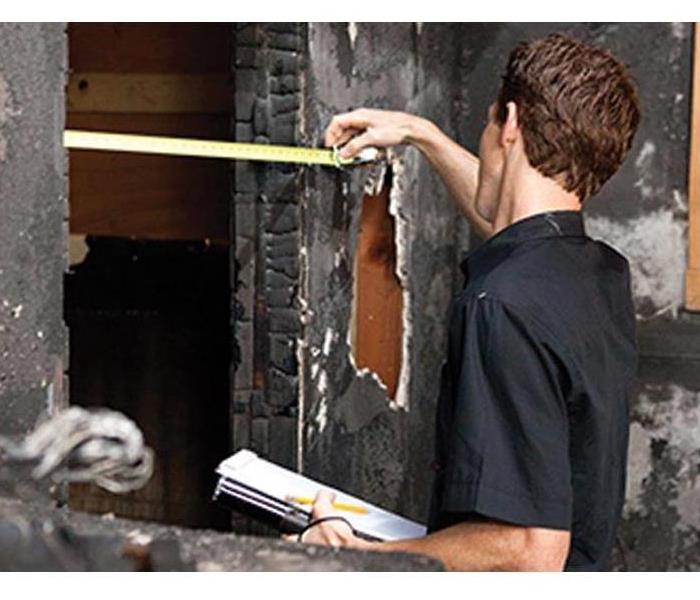9 Smoke Odor Removal Musts
2/3/2017 (Permalink)
February 2, 2017
Mark Gibson
I live in a crack house. Well, it used to be a crack house until the new owner threw out the old tenants and restored the home, to the relief of the neighborhood. But I’m afraid that it wasn’t completely restored. I’m a non-smoker, and on humid days the smell of cigarette smoke can be pretty pervasive in some rooms. I’m guessing a lot of it may come from the popcorn ceiling that was only painted over when it probably should have been removed. But on fire restoration jobs, this is a much bigger issue.
One of the most critical concerns for fire restoration contractors is failing to control or eradicate odors. This problem can lead to frustrated customers as well as potential legal and financial dangers. Eliminating this problem is made more difficult when remodeling work was undertaken by either inexperienced homeowners or unprofessional contractors, as their alterations may have contributed to hidden places for fire and smoke damage to linger.
Remediating a fire loss may also take longer, meaning you might have to wait a while before you’re paid. In fact, some contractors have avoided getting involved in fire restoration because it seems too complicated. But it’s not, as long as you appreciate the principles and correct techniques of fire restoration and odor control. Here are some things to remember:
- Make sure there’s a straightforward exchange of information between you, the customer, the insurance adjuster and any possible subcontractors. Communicating clearly and setting expectations is a critical component of the job.
- Get a written agreement from the homeowner on exactly what areas have been damaged by the fire and what items should be salvaged or discarded. You don’t want them coming back to you later claiming you’ve trashed an heirloom or didn’t finish the job.
- The way that fire and water damage jobs are handled do have some similarities, but they can’t be interchanged. Confirm that only techs with at least a Fire and Smoke Restoration Technician (FSRT) certification are allowed to work on the site. Being Odor Control Technician (OCT) certified is also helpful.
- Smoke and fire residues can be poisonous, as fires can include the demolition of plastic, foam, fabric, carpet, wood products, synthetic textiles, and asbestos-containing materials. Ash and smoke can also cause widespread corrosion, etching and staining, as well as persistent powerful odors. So removing these and their sources should be your first priority.
- If the damage is localized, contain those areas to assist in removing odors.
- Carefully inspect all areas that may have numerous layers of wall board. These may hide unexpected gaps and voids that turn into superhighways for circulating smoke and odor.
- Examine all wall cavities, duct work, and plumbing chases to establish whether they suffered any smoke residue or fire damage.
- Use a borescope to discover any damage that may otherwise have been impossible to see without having to completely remove a part of the structure. If the fire is recent, use of a thermal imaging camera may reveal hidden warmer areas, indicating possible fire damage.
- Aside from losing their valuables, the majority of homeowners are underinsured. They may even have to take up temporary lodging. So you’re going to be dealing with some very distraught people. Train yourself and your employees on how to be empathetic and ways to successfully communicate with them.
Fire restoration jobs can be profitable but also tricky unless handled properly. Prepare well, otherwise you’re the one who may get burned.




 24/7 Emergency Service
24/7 Emergency Service
